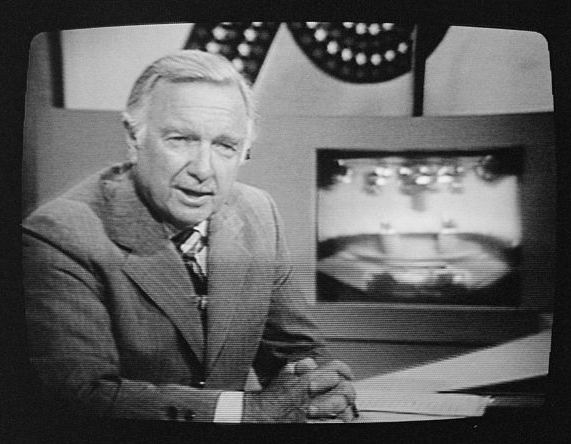Share this article with your network of friends!
For seniors who experienced the year 1967, the Summer of Love holds a special place in their hearts and memories. This transformative period, centered in San Francisco’s Haight-Ashbury district, became a symbol of peace, unity, and freedom. In this article, we journey back to the Summer of Love, exploring the cultural phenomena that defined it, its impact on society, and the enduring legacy of this remarkable era.
A Gathering of Spirits and Ideals
The Summer of Love emerged as a cultural phenomenon in 1967, drawing thousands of young people from across the country to the Haight-Ashbury neighborhood of San Francisco. These young souls, often referred to as “hippies,” gathered to embrace shared ideals of peace, love, and nonconformity.
The Haight-Ashbury district became a vibrant hub of creative expression and social experimentation. Psychedelic art, music, and fashion flourished, reflecting the counterculture’s desire to break free from traditional norms and embrace a more communal and harmonious way of life.
The Soundtrack of the Summer
The Summer of Love was accompanied by a soundtrack of music that captured the spirit of the era. Psychedelic rock bands, such as Jefferson Airplane, the Grateful Dead, and the Jimi Hendrix Experience, provided the melodic backdrop for this transformative time.
Golden Gate Park and other public spaces in San Francisco hosted free concerts, attracting thousands of attendees who shared in the collective experience of music and harmony. The music of the Summer of Love not only entertained but also inspired social change and a sense of belonging.
Flower Power and Non-Violence
One of the most iconic symbols of the Summer of Love was “flower power.” The wearing of flowers, particularly in the hair, symbolized a peaceful protest against war and violence. The simple gesture of offering a flower to police officers during demonstrations was a powerful expression of non-violence and love.
The counterculture movement of the Summer of Love advocated for social justice, civil rights, and environmental awareness. Demonstrations and protests in San Francisco and across the nation called for an end to the Vietnam War and emphasized the importance of compassion and unity in society.
The Legacy of the Summer of Love
The impact of the Summer of Love extended far beyond the summer months of 1967. It left an indelible mark on American culture, inspiring subsequent generations to embrace ideals of peace, love, and freedom.
While the counterculture movement eventually evolved and dispersed, its legacy continues to be felt in various aspects of modern society. The emphasis on individual expression, environmental consciousness, and social activism are values that have endured over the decades.
The Summer of Love in 1967 was a magical and transformative era, defined by its ideals of peace, unity, and freedom. The gathering of like-minded souls in San Francisco’s Haight-Ashbury district became a symbol of hope and inspiration for generations to come.
As seniors who experienced the Summer of Love, you witnessed a remarkable period in American history. The music, art, and cultural expressions of the era remain timeless reminders of the power of human connection and the pursuit of a more compassionate and inclusive world.
May we carry the spirit of the Summer of Love in our hearts, cherishing the memories and ideals it represents. As we reflect on this transformative era, let us remember that the message of peace, love, and freedom continues to resonate in the hearts of those who seek a better and more harmonious society for all.
DISCLAIMER: This website contains articles for informational and entertainment purposes only. No articles on this website should be considered as professional advice for any medical, legal, or financial matter. Advertisements and content may contain affiliate links, where the website earns a commission for sales derived from our users.





